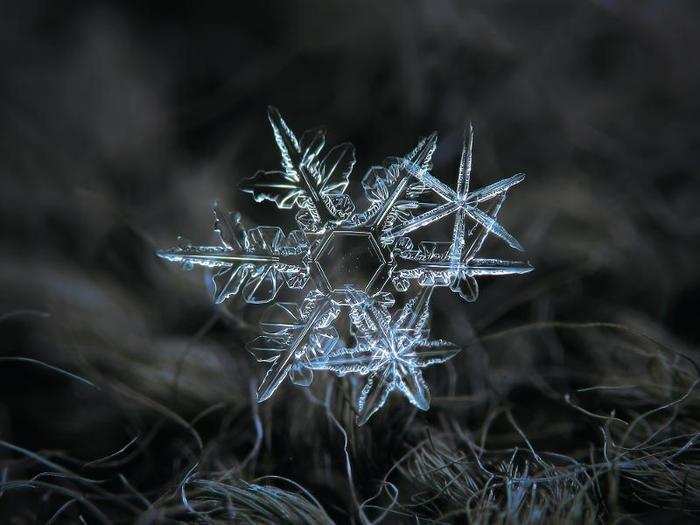
Check out the original "Snow Crystals" website here.



Read his full explanation of the rig and set up on his blog.



























His post on snowflake macro photography goes into helpful detail about his camera, lens, and photo-processing techniques.
"Even after eight winters of regular photo sessions, seeing thousands of snowflakes in all their details, I do not get tired to admire [sic] new crystals with amazing form or an incredible inner pattern," Kljatov said.
 Stock markets stage strong rebound after 4 days of slump; Sensex rallies 599 pts
Stock markets stage strong rebound after 4 days of slump; Sensex rallies 599 pts
 Sustainable Transportation Alternatives
Sustainable Transportation Alternatives
 10 Foods you should avoid eating when in stress
10 Foods you should avoid eating when in stress

Copyright © 2024. Times Internet Limited. All rights reserved.For reprint rights. Times Syndication Service.